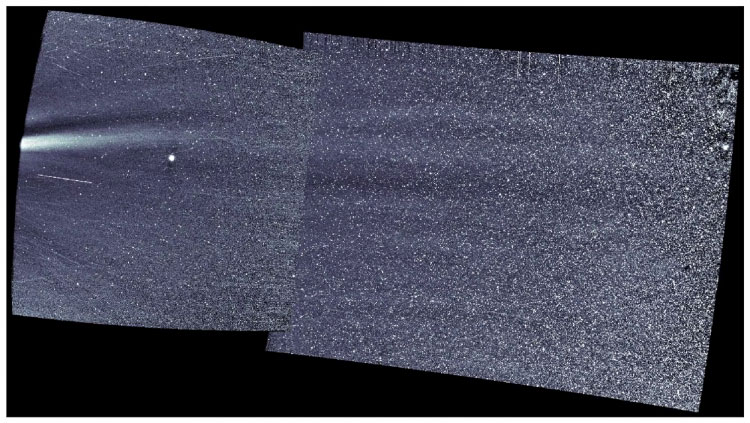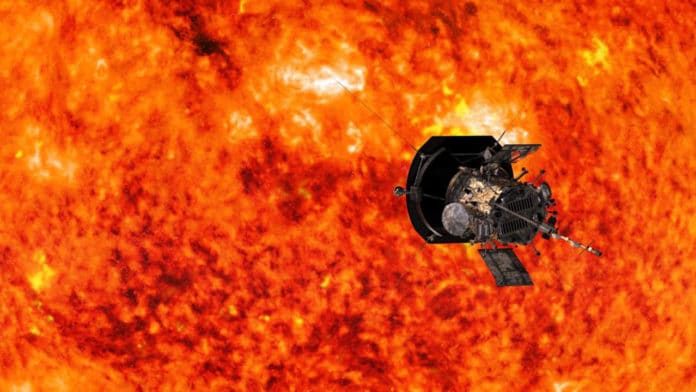A pursuit comes by way of NASA’s Parker Solar Probe- showing the dusty environment that surrounds the Sun.
David Malaspina, a space plasma physicist at LASP, said, “In the process, the Parker team has learned a lot about the microscopic grains of dust that lie just beyond the sun’s atmosphere.”
In a new study, scientists from the Laboratory for Atmospheric and Space Physics (LASP) at the University of Colorado Boulder discovered that the densities of these bits of rock and ice seem to vary wildly over months.
Malaspina said, “Every time we go into a new orbit, and we think we understand what we see around the sun, nature goes and surprises us.”
“The dust can give researchers an unexpected, and tiny, a window into the processes that formed Earth and its neighboring planets more than 4.5 billion years ago.”

“By learning how our star processes dust, we can extrapolate that to other solar systems to learn more about planet formation and how a cloud of dust becomes a solar system.”
The environment around the Sun is hot and rich with radiation. It is often dustier than one can imagine. It contains more dust grains than most other open expanses of space in the solar system. That’s because the star, through gravity and other forces, pulls dust toward it from millions to billions of miles away, a bit like a vacuum cleaner.”
Malaspina said, “But this vacuum cleaner is imperfect. As dust particles get closer to the Sun, its radiation pushes on them more and more—some of those grains of dust will begin to blow in the other direction and can even fly out of the solar system entirely.”
The Wide-Field Imager for Parker Solar Probe (WISPR) instrument suite on board the spacecraft found the first evidence for the existence of this dust-devoid region, known as the dust-free zone, more than 90 years after it was predicted.
Malaspina said, “What you get is this exciting environment where all of these particles are moving inward, but once they reach the near-sun environment, they can be blown away.”
Scientists were hoping to use those puffs to pinpoint where the solar system’s inward-flying dust becomes outward-flying dust. But, they stumbled on something puzzling in the process: The concentrations of dust that the team recorded seemed to vary by as much as 50% between Parker’s six orbits around the Sun.
Malaspina said, “That’s interesting because the timescale that it takes for the dust to move in toward the Sun is thousands to millions of years. So how do we get variation in just three or four months?”
“This dusty environment, in other words, maybe a lot more complicated and fast-shifting than scientists previously thought. The team will need to wait for Parker to complete more orbits to know exactly what’s happening. He’s just excited to be part of this once-in-a-lifetime chance to run a finger along the Sun’s dusty shelves.”
Journal Reference:
- David Malaspina et al. The Near-Sun Dust Environment as Seen by Parker Solar Probe.
